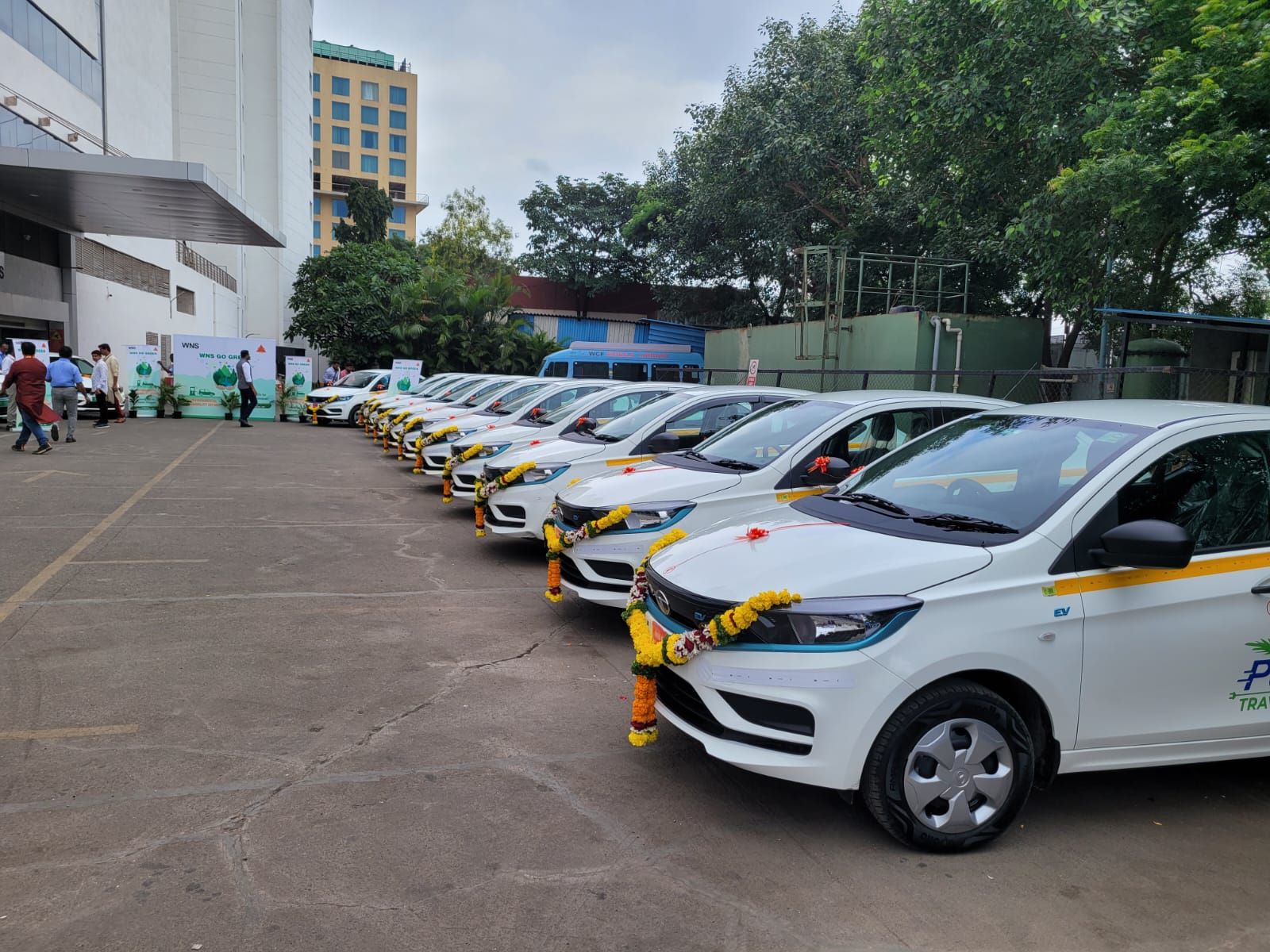The Ultimate Guide to Choosing the Right Rental Car

The Ultimate Guide to Choosing the Right Rental Car
When planning a trip, selecting the right rental car is a critical decision that can significantly impact your travel experience. Whether you’re embarking on a road trip, a family vacation, or a business journey, the choice of your rental car can make or break your adventure. To help you make an informed decision, we’ve compiled the ultimate guide to choosing the right rental car.
1. Define Your Needs:
The first step in choosing the perfect rental car is to assess your specific needs. Consider factors like the number of passengers, the amount of luggage, and the terrain you’ll be navigating. A solo traveler might opt for a compact car, while a family may require a spacious SUV.
2. Budget Wisely:
Set a budget for your rental car and stick to it. Keep in mind that the cost of renting a car isn’t limited to the daily rate. Fuel, insurance, taxes, and optional add-ons can add up. Shop around for deals and discounts to maximize your savings.
3. Vehicle Types:
Rental car agencies offer a range of vehicle types. Here are some popular options:
Economy Cars: Compact and fuel-efficient, ideal for budget-conscious travelers.
Sedans: Versatile, suitable for most travel needs, from business trips to family vacations.
SUVs: Spacious and designed for off-road adventures or accommodating larger groups.
Luxury Cars: For those seeking a touch of elegance and style on their journey.
Convertibles: Perfect for enjoying scenic routes and sunny destinations.
Vans and Minivans: Ideal for group travel and accommodating lots of luggage.
Electric Vehicles (EVs): Environmentally conscious travelers can choose EVs for a greener journey.
4. Transmission Type:
Consider your comfort with different transmission types. Automatic transmission is the standard, but some travelers prefer manual transmission for its fuel efficiency and control.
5. Fuel Efficiency:
If you’re planning a long road trip, a fuel-efficient car can save you money and reduce environmental impact. Check the car’s miles per gallon (MPG) rating when making your choice.
6. Features and Amenities:
Decide which features are essential for your trip. Modern rental cars come with a variety of amenities, such as GPS navigation, Bluetooth connectivity, and safety features like lane departure warning and adaptive cruise control.
7. Rental Car Insurance:
Understand the insurance options offered by the rental car agency. Your personal auto insurance or credit card may cover rental cars, so you could save money by declining additional coverage. However, it’s essential to be aware of the terms and conditions.
8. Read Reviews:
Before booking, read reviews and ratings from previous renters to get a sense of the vehicle’s condition and performance. You can find valuable insights on rental car agency websites and independent review platforms.
9. Check for Hidden Fees:
Carefully review the rental agreement for any hidden fees or restrictions. Look for mileage limitations, additional driver charges, and return policies.
10. Book Early:
Rental car availability can be limited, especially during peak travel seasons. To secure your preferred vehicle at the best rate, book as early as possible.
Choosing the right rental car requires thoughtful consideration of your travel needs, budget, and personal preferences. With this ultimate guide, you can make an informed decision that ensures a comfortable and enjoyable journey. Happy travels!
An Airborne Crisis on Two Fronts
This shortage is being seen in both the airline and the cargo industries. With such a small pool of applicants to choose from, these two sectors are battling to get the most qualified available candidates. Many pilots are increasingly being wooed to get behind the controls of passenger planes over cargo flights—frankly, it’s tough to compete with jobs perks like fixed schedules and free flights for your family across the world.
This is no anecdotal pilot shortage, either—the same problems are found on a global scale, with Boeing estimating an incredible shortage of 790,000 or more pilots across the world over the next two decades. In the shorter term, the domestic industry can expect more than 8,000 unfilled vacancies per year by 2020, and five years later that number could be higher than 12,000 pilot-less flights in need of help. This spells trouble for your supply chain because even if you don’t personally rely on flight to get items delivered, chances are at least one of your key suppliers does.
“And the day came when the risk to remain tight in a bud was more painful than the risk it took to blossom.” Tomas Reuss
Just as we’ve found with the truck driver shortage, the impetus behind skilled labor leaving is many-fold. Demographics play a large role—a massive amount of pilots are expected to hang up their hats in the next few years as they reach the mandatory commercial pilot retirement age of 65. And there’s no large group of applicants sitting waiting to replace them.This is likely because it’s becoming considerably more difficult to obtain a pilot license than it was ten years ago. After a 2009 Colgan Air crash, the US Federal Aviation Administration raised the requirements for an ATP certificate from 250 hours to a whopping 1,500 hours of training.




